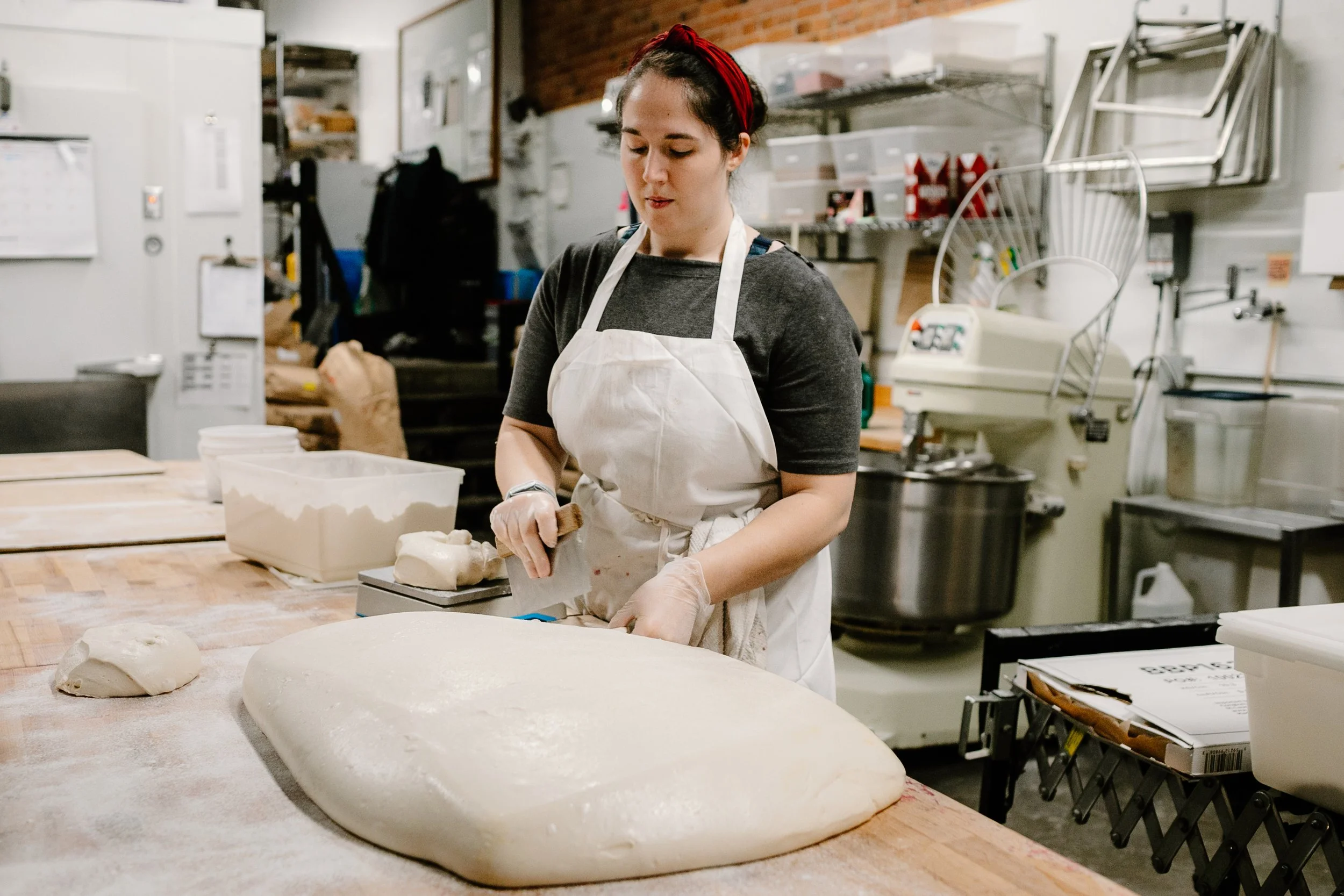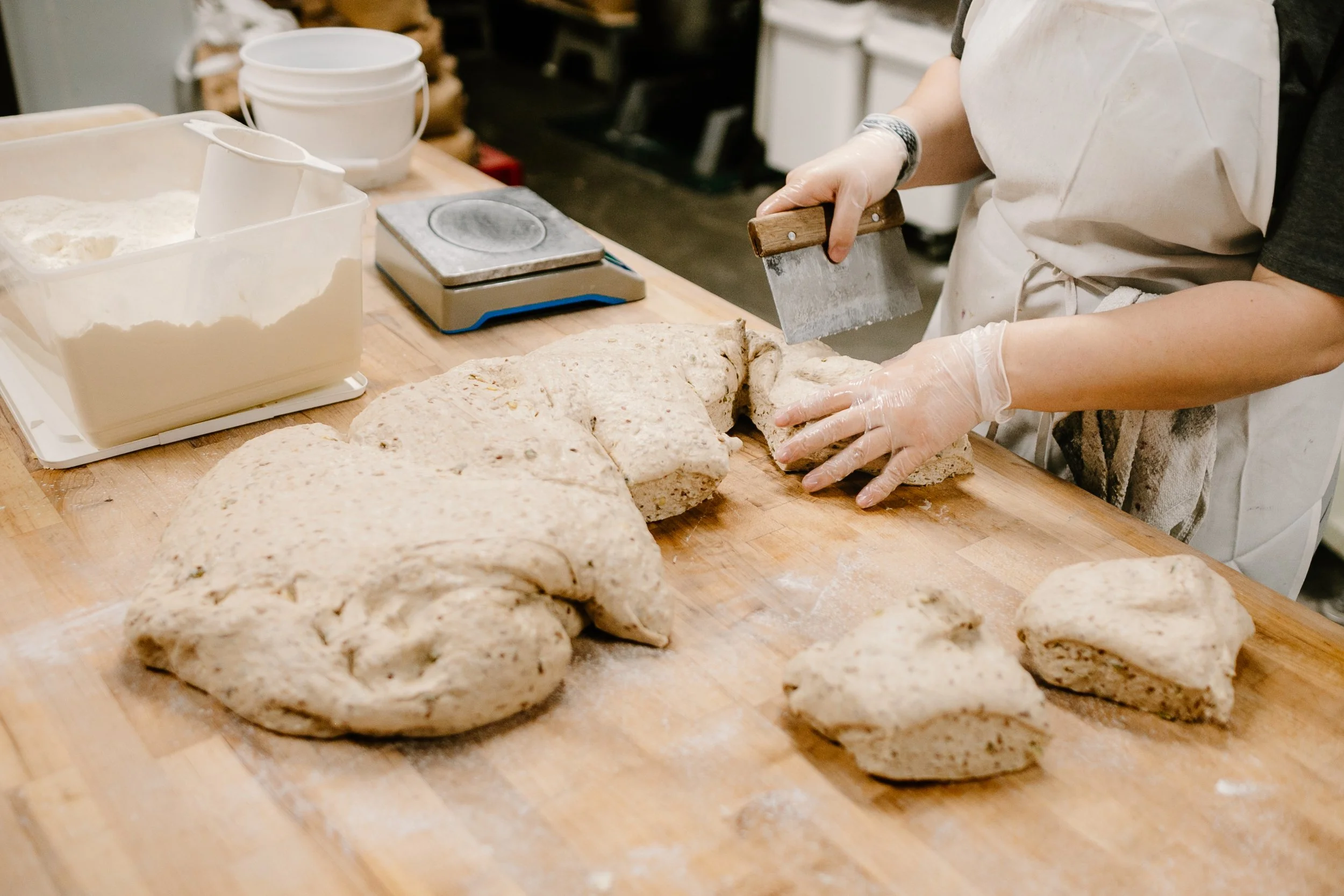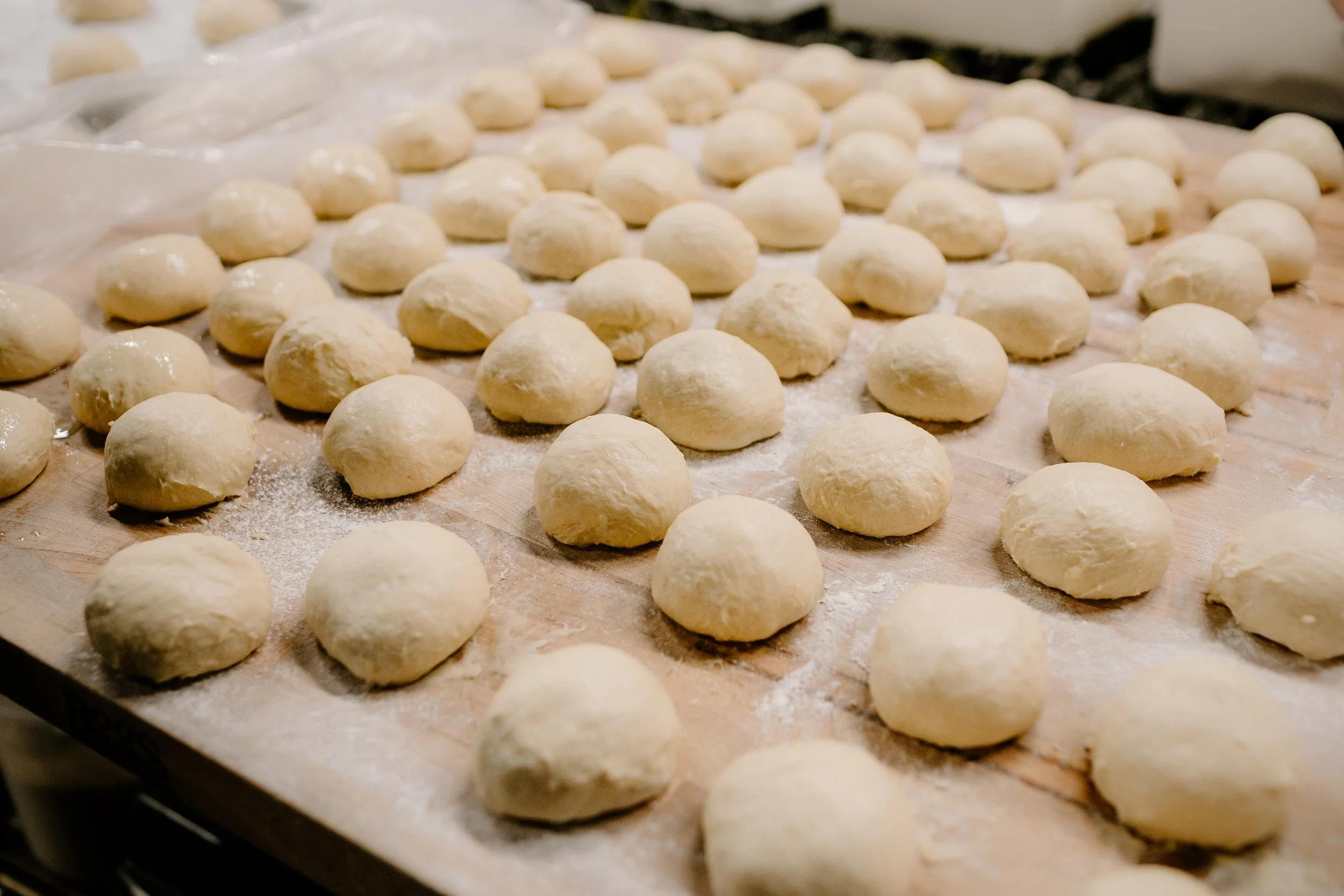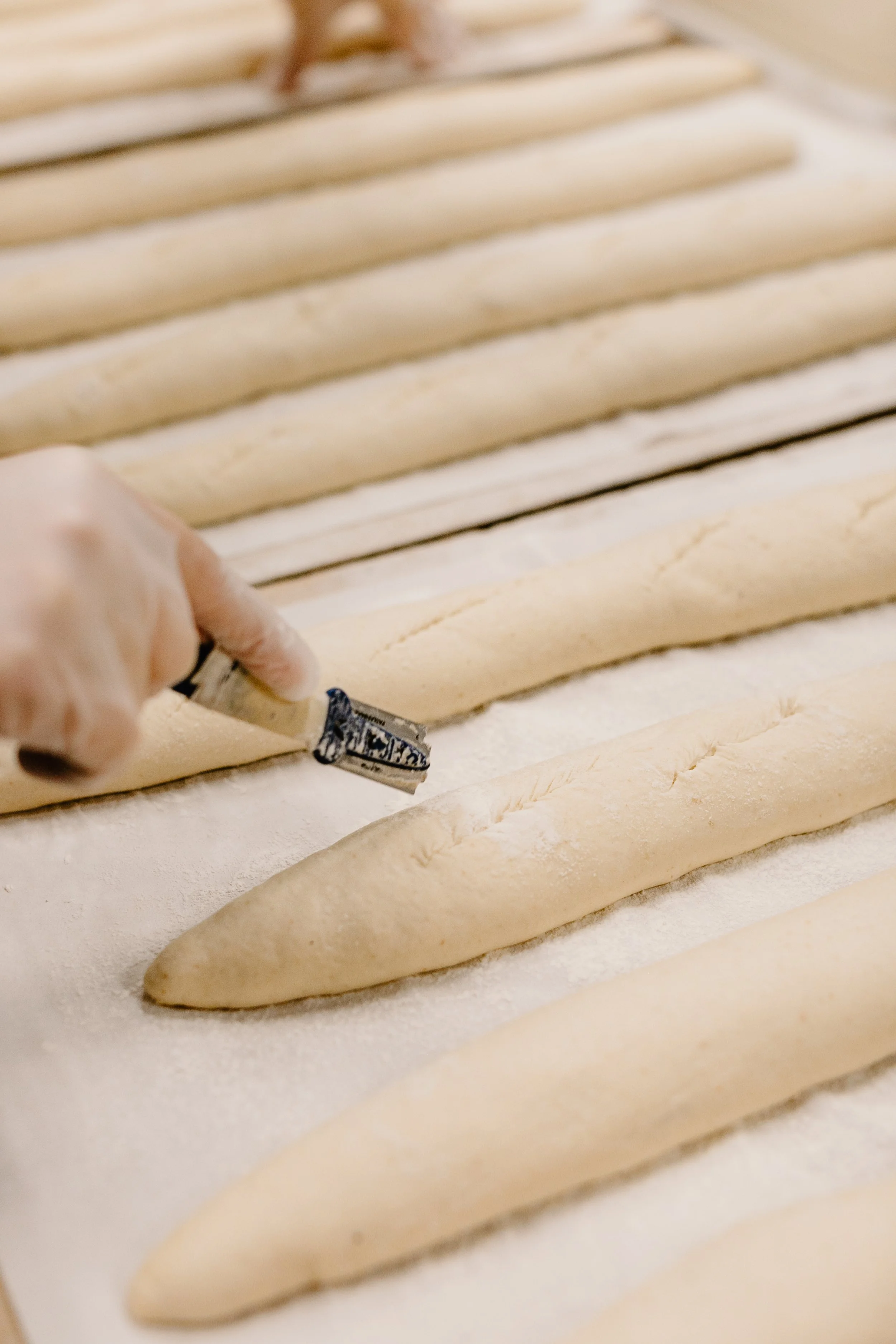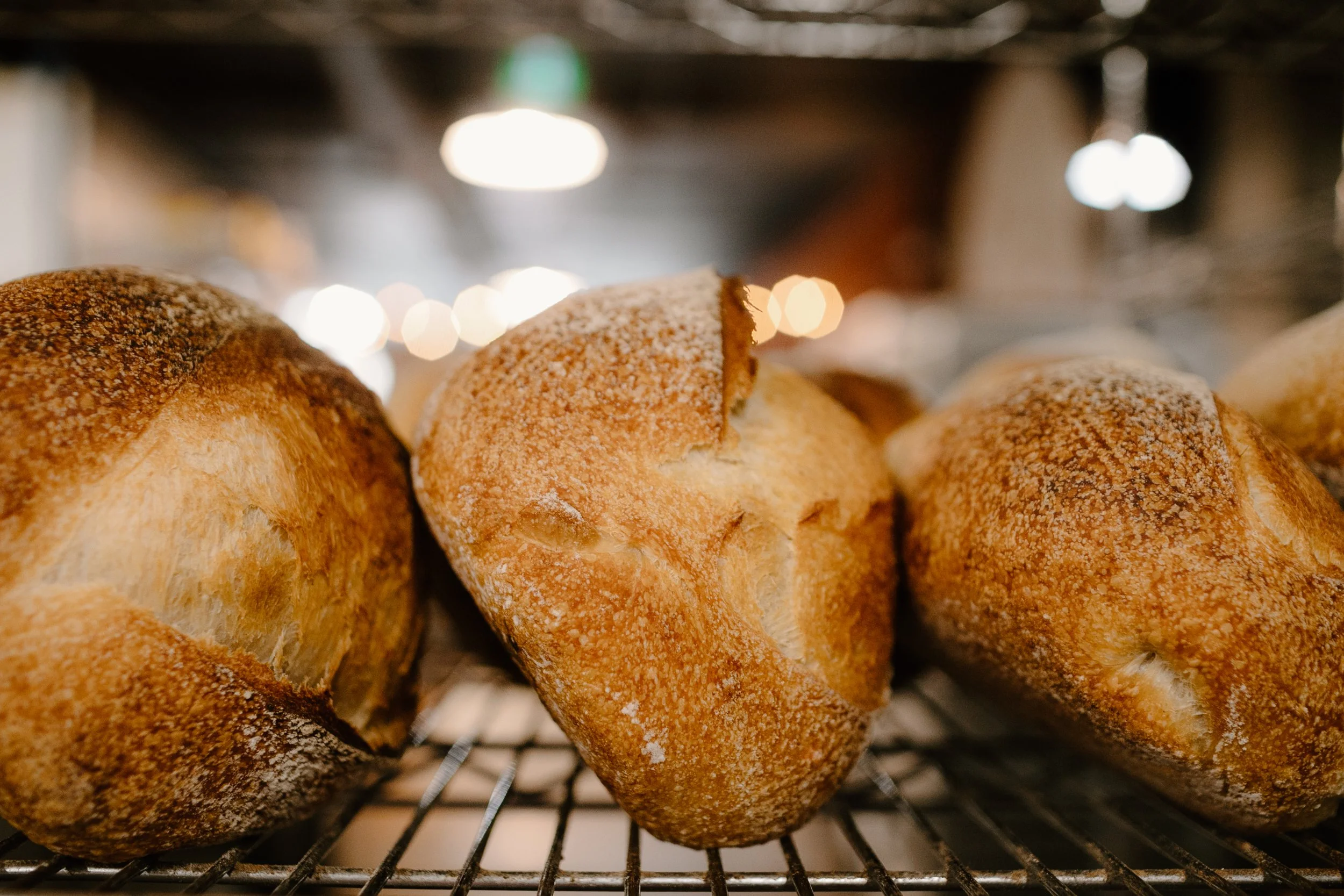So You Wanna Be a Sourdough Parent? Here’s How to Care for Your Starter
If you’ve ever thought about diving into the magical world of sourdough, welcome. You’re about to make your kitchen smell amazing and maybe even impress your friends. At the heart of sourdough is one weird, bubbly thing: the starter. It’s alive, it’s hungry, and yes—it needs you.
So what is it exactly?
A sourdough starter is just flour and water... but with time, warmth, and a little patience, it turns into a living, breathing colony of wild yeast and friendly bacteria that can make bread rise like a dream. It’s a bit like a pet, but without the vet bills.
Getting Started
If you pick up a starter from us (yes, we sell them—just give us a call 24 hours ahead so we can get one ready), you’ll receive it frozen or dried, depending on the batch. Either way, your first job is to wake it up.
How to revive a frozen or dried starter:
Add 75 grams of lukewarm water to the starter and stir until everything dissolves. It might take a couple hours. That’s totally normal.
Once it’s smooth, add 75 grams of flour and stir it up. Cover it lightly (think: a piece of plastic wrap or a shower cap over a jar) and pop it somewhere cozy. Aim for around 85 to 90 degrees Fahrenheit if you can.
After 24 hours, feed it again with another 75 grams each of flour and water.
Do this one more time the next day—your starter has been sleeping and needs a few meals to wake up.
You should start seeing bubbles and growth. It might puff up and collapse a bit as it eats. That’s a good sign. You’ve got active microorganisms now!
Feeding and Keeping It Happy
Once your starter is awake and bubbly, here’s how to keep the good vibes going:
Feed it equal parts starter, flour, and water. For example: If your recipe calls for 120 grams of starter and you want to keep 90 grams going for next time, you’ll need a total of 210 grams. Divide that by three and feed it 70 grams of each.
Use it when it's at its peak—around 6 to 12 hours after feeding. That’s when the yeasts are partying hardest.
You can leave it on the counter and feed it daily if you bake often. Otherwise, pop it in the fridge and just feed it once a week.
If it’s been in the fridge, bring it out, give it a feeding, and let it warm up. If it’s not bubbly after 6 to 12 hours, feed it again and wait a bit longer.
Don’t seal it tight! Starters need to breathe. A loose cover is perfect. Otherwise, boom. (Yes, really.)
And don’t forget: good flour makes a big difference. Use unbleached at the very least—organic if you’re feeling fancy.
Ready to get started?
Call us at Homestead to reserve your sourdough starter. We make them fresh and just need a little heads-up (24 hours, to be exact). Then you can start your own baking adventures—just don’t forget to name your starter. Trust us, it helps.
Have any questions? Swing by the bakery. We’re always happy to talk bread.

